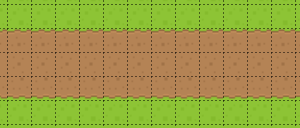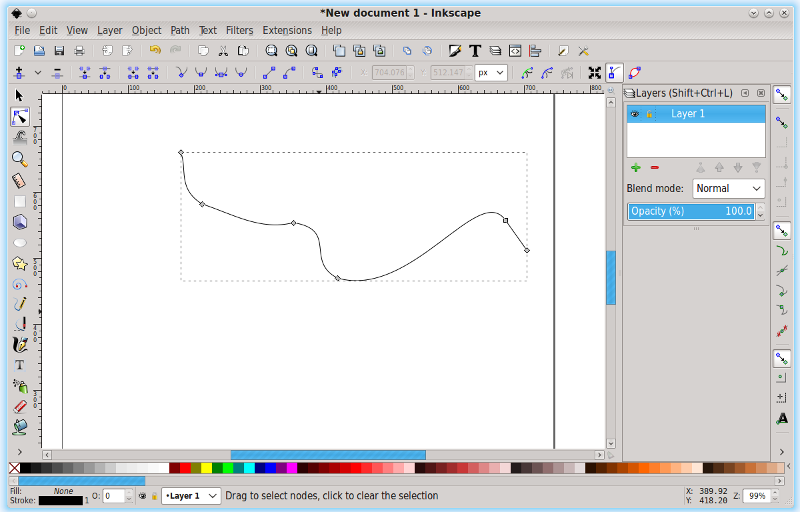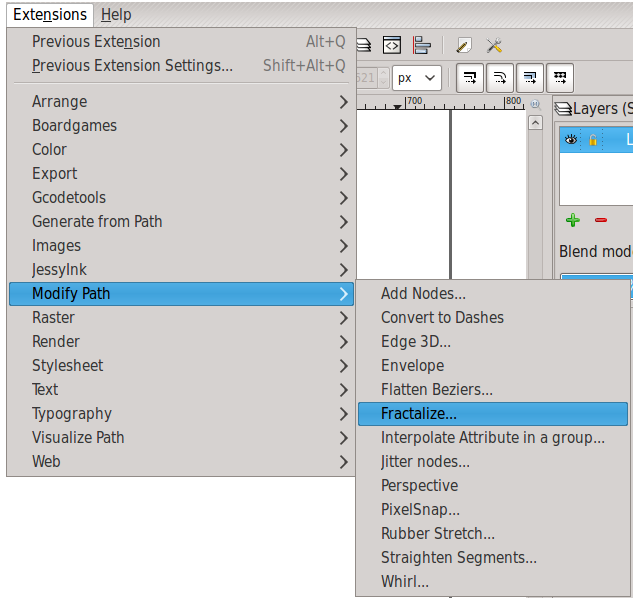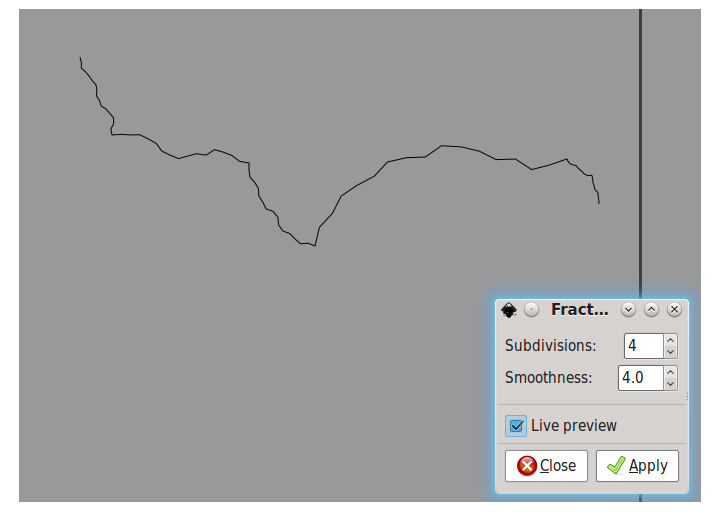I’ll continue this ongoing not-quite-series for another week today by looking at the idea of government and how it is realized in fiction. This time, we almost have to lump science fiction and fantasy in together, simply because they share so many similarities. Most important among those is the fact that they are often (but not always) set in worlds besides our own, in societies besides our own. And a society needs a government of some sort; even true anarchy is, in effect, a form of government.
The rules of rule
Government is as varied as anything in this world. In the modern world, we have representative democracies (like the US is intended to be); parliamentary republics (much of Europe); monarchies (Thailand, Saudi Arabia); juntas (Burma, aka Myanmar); theocracies (ISIS, if you consider them an actual government); and dysfunctional anarchies (Somalia). Go back through history, and you find even more possibilities.
In fiction, though, many of the finer distinctions are lost. Much fantasy tends to go with the most known examples out of the Middle Ages: feudal monarchy, merchant republic, and a distant and inscrutable theocracy. Science fiction set in the future or on alien worlds prefers something more modern: democracy, corporate oligarchy, utopia (either libertarian or socialist), or a distant and inscrutable hive mind.
But there’s more to it than that.
Who rules?
That’s a simple question, but a profound one. Who’s in charge? We have options:
-
A single person: This is true of monarchies, dictatorships, and many theocracies. A single ruler is well-attested in history, from hunter-gatherer chieftains, to the pharaohs of Egypt, through the Chinese emperors, to the French kings and the Arabian emirs.
-
A small group of people: Not necessarily a council, but more of a cabal. They’re usually unelected, and they’re certainly not representative of the people as a whole. An example might be the two consuls of Rome, who had a sort of “power-sharing” system.
-
A larger group of people: Republics and democracies generally have a large government. This isn’t always because of bureaucracy; a system where each representative has N constituents will obviously need more and more representatives as the population grows. Of course, this smaller segment of society can then choose its own government and even a leader. Most modern countries in the West use a system like this, with a president or prime minister leading a larger body.
Why do they rule?
The rule of law is very important, but the reason the rulers are there in the first place shouldn’t be forgotten, either. Again, there are plenty of possibilities.
-
Will of the people: Ideally, this is the goal of representative democracies and republics. People vote for those most likely to support them. We can argue forever about just how effective this is, but the intent is clear.
-
Will of God: Leaders can claim their position is the result of divine will. Theocracies, quite obviously, follow this method, but medieval kings and emperors in West and East claimed the same thing. The coins of many countries in the British Commonwealth still bear an inscription that translates to “By the grace of God, Queen”, even if nobody really believes that anymore.
-
Family connections: Inheritance of rule was (and is) common in the world. Thrones and seats can be passed from father to son, mother to daughter, or any other relation. And nepotism remains a factor in any position of power. (There’s a reason why Jeb Bush and Hillary Clinton are two of the current election favorites in the US as I write this.)
-
Cold, hard cash: If you can’t get elected, you don’t know the right people, and God won’t help you, you can always buy your way in. Rule by the rich is a hallmark of feudalism and merchant republics alike, but oligarchs are the secret power in many countries today.
How do they rule?
This one’s a lot harder to break down into bullet points. How do your rulers rule? Do they have a codified set of laws, like the US Constitution? Or do they turn to holy scripture (or some facsimile thereof) for laws, morality, and punishment? Or is it simply power, the idea that might makes right?
A “lawful” system like those of most republics, democracies, and similar governments of today gives us a way to change the system from within. The Constitution can be amended, for example. And the turnover inherent in an electoral government means that outmoded ideas eventually get cast aside.
On the other hand, a theocratic system is, by definition, conservative. I don’t mean the political notion of conservative, here, but a philosophical one. Holy books can’t be changed, only reinterpreted, but there are some passages in every scripture that are all but absolute. There aren’t too many ways to read “Thou shalt not kill,” after all. (I don’t think there are too many ways to interpret “the right to keep and bear arms shall not be infringed,” either, but some disagree.)
Similarly, a government ruled by the powerful will tend to be conservative, simply because those in charge don’t want to change things enough to put themselves on the outside. Military conquerors and coups don’t like to reinstitute elections, and corporate overlords aren’t going to allow a higher corporate tax. Power takes care of itself, and a more pessimistic person might say that’s the general tendency of all governments. But that’s a different post.
Far-fetched
Really, like I’ve said in many other posts, the best way to make your fictional culture more realistic is to work it out. Using logic, common sense, and the knowledge at everyone’s fingertips, you can figure out just what kind of society you’re making and how it relates to the ones we know.
Government has its reasons for existing, no matter what you might think of it. Those reasons will be the subject of a future post, but you can probably think of a few of them right now. Think of the three main questions I’ve asked so far. Who rules? Why are they the ones in charge? And how do they stay at the top? Answer those, and you’re well on your way to a properly realistic solution.







